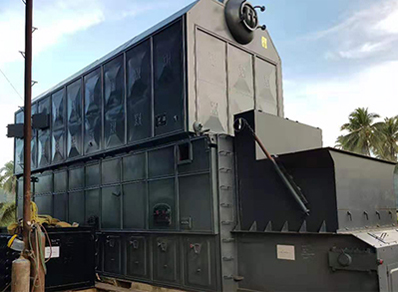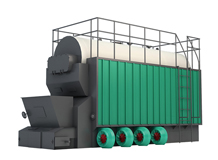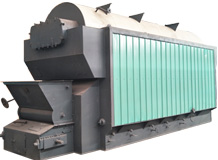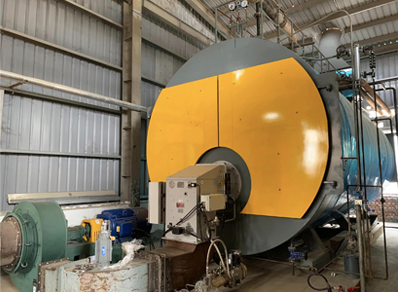
How to identify the quality of LNG for industrial gas boilers
Views:
Author:
Publish Time: 2023-07-19
Origin:
Industrial gas boilers use various gases as fuel. The user can choose the fuel according to the local actual situation. The pipeline gas source is stable and safe, which is the first choice for the user. If there is no pipeline gas, the user can also choose biogas, coal gas, lpg and lng, etc. How to identify the quality of LNG used in industrial gas boilers?
1. Test samples: Qualified customers can be equipped with corresponding natural gas composition analysis instruments according to their own conditions. When a car of LNG is delivered, it is sampled and analyzed according to the "air quality report" of the original LNG factory. The nitrogen content of the original LNG usually does not exceed 0.5%. There is adulteration.
2. Check the temperature: Usually, the temperature of LNG cryogenic liquid will rise after long-distance transportation. If the temperature is still low after long-distance transportation, it can reach about -160 °C, but the pressure is very high (usually the pressure of low-temperature cryogenic liquid is very low. ), it may be that the temperature of the original vehicle LNG is lowered after the liquid nitrogen with lower temperature is mixed, and further analysis and testing should be carried out. In some high temperature and high pressure liquids (-140°C), it is difficult to judge by temperature if we want to detect.
3. Check the weight: Usually the density of cryogenic liquid is higher. Then we can calculate that the loading capacity of the 52.6 cubic LNG tanker currently on the market should be about 52.5m³X0.9 (filling rate) X (0.425-0.47) density = 20.11 tons ~ 22.24 tons. Similarly, if it is a larger LNG tanker with a volume of 56 cubic meters, the loading weight is also 21.42 tons to 23.688 tons. That is to say, the LNG loading capacity of an LNG carrier is normal at around 20-23.7 tons.

1. Test samples: Qualified customers can be equipped with corresponding natural gas composition analysis instruments according to their own conditions. When a car of LNG is delivered, it is sampled and analyzed according to the "air quality report" of the original LNG factory. The nitrogen content of the original LNG usually does not exceed 0.5%. There is adulteration.
2. Check the temperature: Usually, the temperature of LNG cryogenic liquid will rise after long-distance transportation. If the temperature is still low after long-distance transportation, it can reach about -160 °C, but the pressure is very high (usually the pressure of low-temperature cryogenic liquid is very low. ), it may be that the temperature of the original vehicle LNG is lowered after the liquid nitrogen with lower temperature is mixed, and further analysis and testing should be carried out. In some high temperature and high pressure liquids (-140°C), it is difficult to judge by temperature if we want to detect.
3. Check the weight: Usually the density of cryogenic liquid is higher. Then we can calculate that the loading capacity of the 52.6 cubic LNG tanker currently on the market should be about 52.5m³X0.9 (filling rate) X (0.425-0.47) density = 20.11 tons ~ 22.24 tons. Similarly, if it is a larger LNG tanker with a volume of 56 cubic meters, the loading weight is also 21.42 tons to 23.688 tons. That is to say, the LNG loading capacity of an LNG carrier is normal at around 20-23.7 tons.





















